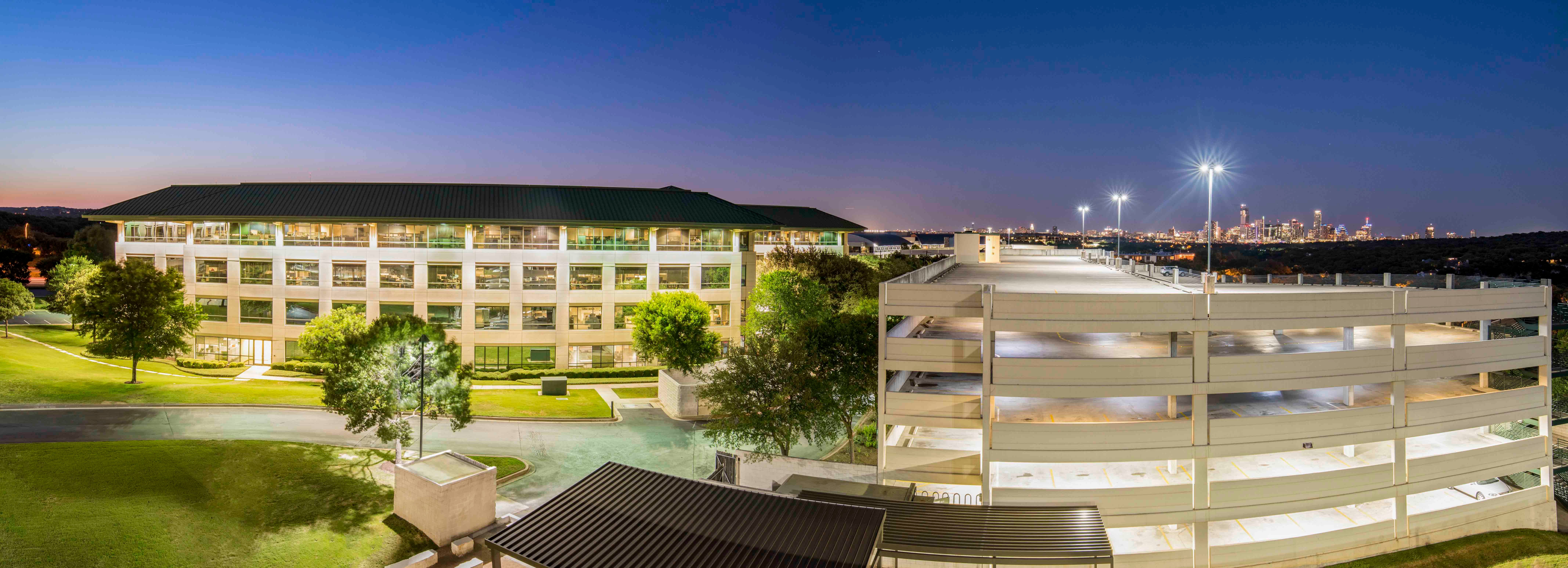Technology hubs have seen the most significant growth in office vacancy rate over the last 12 months. Austin, San Francisco and Seattle had the highest increase in office vacancy during the pandemic, according to the national office report from CommercialEdge. Austin vacancy increased 720 basis points, while the rate in San Francisco and Seattle grew 550 and 480 basis points, respectively.
Tech companies were able to easily transition to remote work at the beginning of the pandemic, and many have announced plans to permanently adopt some form of remote work. This made it easier for companies in these markets to shed office space. For that reason, sublease supply has also increased. San Francisco had the second highest increase in sublease supply in 2020. The sublease supply grew a staggering 587% in San Francisco last year, with the total supply accounting for 51.8% of the total office vacancy in the market, per research from Cushman & Wakefield.
Austin is the most surprising addition to the list. It had the highest increase in office vacancy rate in the nation, but also had the strongest growth in office-using jobs, increasing nearly 6%, despite the economic dislocation. In addition, the market has been a favorite for corporate headquarter relocations. Both Oracle and Tesla announced plans late last year to move to Austin from California. Despite this activity, Austin-based firms, like other tech hubs, made the decision to shed office space and adopt remote work, at least temporarily.
Recommended For You
In addition to the high concentration of technology companies, the three markets have two other commonalities: they all have had an influx of new supply over the last five years and they all had single-digit vacancy rates before the pandemic started. San Francisco is expected to recover slower than the other two markets.
Of course, tech hubs aren't alone. The national office vacancy rate increased 160 basis points last year, according to the CommercialEdge research. It also increased in almost every major office market. Philadelphia, Phoenix and New Jersey were the only markets with a decrease in vacancy.
It is likely that we have yet to hit the trough of office vacancy. CommercialEdge notes that most office users have long-term leases, and this will likely elongate challenges in the market. As a result, the data outlet says that we are only just now seeing vacancy rates decline a year into the pandemic.
© 2025 ALM Global, LLC, All Rights Reserved. Request academic re-use from www.copyright.com. All other uses, submit a request to [email protected]. For more information visit Asset & Logo Licensing.







